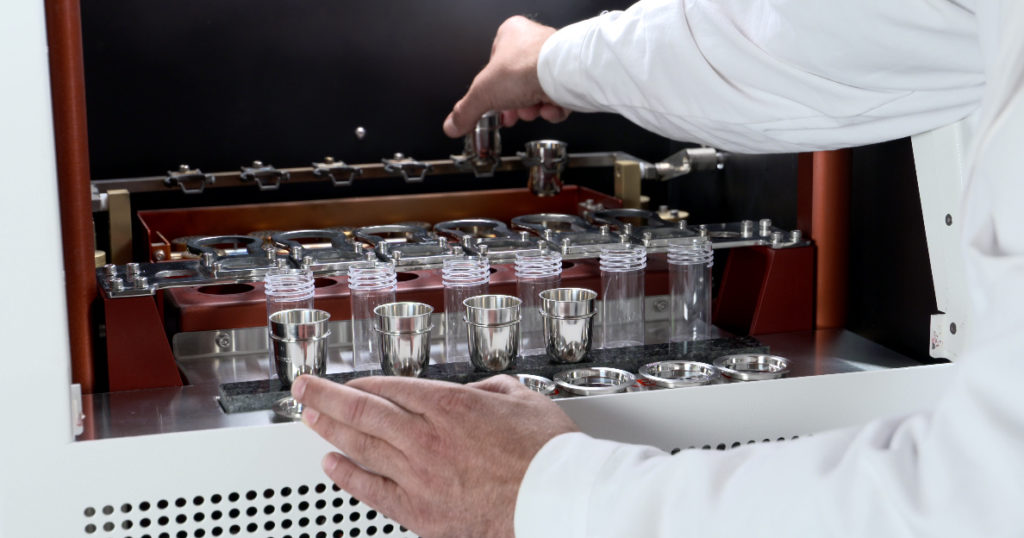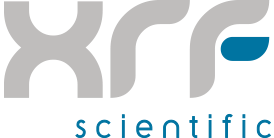XRF Sample Preparation Method Development
XRF sample preparation is a precise methodology of preparing analytes for elemental analysis. Organic samples must be uniformly homogenized using hydraulic crushing or pulverizing equipment, before they are dosed with a eutectic flux mixture and prepared through fusion techniques. This sensitive, multi-component procedure enables researchers to acquire as close to near-homogenous x-ray fluorescence data from a sample as possible, with applications ranging from geological exploration to forensics analysis. These high-precision applications require results that are actionable with negligible margins of error.
Expert method developments for XRF sample preparation routines enable operators and researchers to acquire appropriate equipment and treatment chemicals for distinct specifications. They provide industry benchmarks for quantifying distinct elemental concentrations in analytes, and can support unique analytical methods with bespoke sample preparation insights.

This article will outline XRF Scientific’s method development for high-accuracy copper analysis, and outline the services we offer to improve sample preparation methodologies.
Method Development for Copper Analysis
XRF spectrometers observe the emissive fluorescence of distinct elements within a homogenous sample, by discriminating between the incident x-rays, or gamma rays, of the output. The weaker fluorescent wavelengths of the analyte itself are detected by a sensitive optical array capable of distinguishing between the unique fluorescent signals of almost every element in the periodic table. However, fluorescent count rates do not necessarily constitute a proportional relationship to the volumetric concentration of a given element within an analyte. This issue was observed in the poor accuracy of established copper analysis techniques.
A new method development was required to correct the matrix effects of other elements in the sample, which could enhance x-ray absorption and affect the accuracy of optically-acquired data. This correction methodology typically requires robust analysis of any major elements within an analyte based on established elemental data suites.
XRF Scientific proposed a new method development technique for copper quality analysis using a tantalum-doped flux mixture of lithium tetraborate and lithium metaborate, at ratios of 12:22. This process relied on the K-alpha spectral emission lines of copper and the L-alpha emissive lines of tantalum, which remained in ultra-low concentration of levels of the sub-parts per million range.
This new method development presents a novel solution to quantifying the concentration and quality of copper in analytes by analyzing the ratio of copper K-alpha to tantalum L-alpha emission spectra. Copper concentration is directly proportional to the two peak intensities of these spectral lines.
Method Development from XRF Scientific
XRF Scientific provides bespoke method development services for x-ray fluorescence analysis facilities, providing industry expertise for a range of analytical applications. Our method development applications have included quantifying the presence and concentration of elements such as: alumina; cement; calcite and calcium carbonate; ferrous alloys; silicas; polymers; and refractory materials.
We can provide insights as to the most suitable fusion flux mixtures for given materials, and support ongoing quality control processes with on-site XRF calibration tests. If you would like any more information about our method development services, please do not hesitate to contact us.









